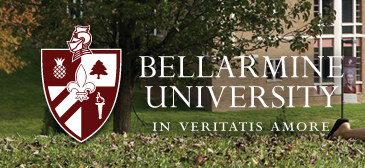Date of Project
4-28-2017
Document Type
Honors Thesis
School Name
College of Arts and Sciences
Department
Biology
Major Advisor
Mary O. Huff
Abstract
Cadmium is a toxic industrial and environmental pollutant found in groundwater, air, soils, food and cigarettes. Chronic intake of low levels of cadmium has been shown to result in renal dysfunction due to cell death which can occur via apoptosis as well as necrosis. Previous studies have shown that plant extracts containing quercetin, a flavonoid found in many fruits and vegetables, protect against cadmium toxicity in rat liver hepatocytes. To determine if quercetin may have a protective effect in a cadmium-treated human embryonic kidney cell line, HEK-293 cells were treated using concentrations of cadmium chloride from 10 to 50 μM for 24 hours. Using a cell proliferation assay, it was determined that cadmium chloride inhibited cellular proliferation in a concentration dependent manner. For further studies, 30 μM cadmium chloride was used since it inhibited growth by 31.98%. Pretreating cells for 24 hours before cadmium exposure with concentrations of 10 μM to 200 μM quercetin suggested that this flavonoid partially protects HEK-293 cells from cadmium toxicity at all levels of treatment. While these results suggest a protective effect, it is unclear if quercetin is inhibiting a cadmium-induced apoptotic or necrotic pathway. Previous studies have suggested that cadmium-induced apoptosis increases levels of p47phox, one of the subunits of NADPH oxidase. To determine if quercetin reduces p47phox expression, HEK-293 cells were pretreated for 24 hours before cadmium treatment, and immunoblot analysis was used to determine p47phox expression. Preliminary results suggest that quercetin does not reduce p47phox levels and therefore, may not specifically inhibit cadmium-induced apoptosis.
Recommended Citation
Smith, Caroline N., "Determining the Protective Effects of Quercetin Against Cadmium Toxicity in Human Embryonic Kidney Cells" (2017). Undergraduate Theses. 21.
https://scholarworks.bellarmine.edu/ugrad_theses/21
Included in
Alternative and Complementary Medicine Commons, Disorders of Environmental Origin Commons, Medical Biochemistry Commons, Medical Molecular Biology Commons, Nephrology Commons
